Too much pressure for a pump
Teens face unrealistic body standards in the rise of gym culture
Senior Sofia Abdalla deadlifts Owen Bell during Cardinal hour in 1603. Sofia has been deadlifting her friends and recording it on her phone.
The metallic smell of steel stings her nose; sweat pours from every pore. Her Nike Blazers shuffle into place as callused hands grip the bar. A shaky breath, a fierce grunt. Now, she lifts.
What began as a steadfast attempt to improve her physical fitness and strength quickly became hindered by unrealistic standards and expectations set by the online weightlifting community.
Senior Alex Fookes regularly attends Texans Fit, an athletic training facility only a street away from Bellaire’s campus.
“On TikTok, there are always so many skinny girls with perfect bodies, and it’s really hard to see that,” Fookes said. “It doesn’t influence me – it just makes me feel insecure.”
A more appropriate term for these “influencers” would be “models,” as most are sponsored by athletic clothing, supplement and nutrition brands. Most gym influencers’ full time job is to promote products for their followers to buy. Content consumers must stay hypervigilant and remember that even the most genuine-seeming influencers likely don’t have their followers’ best interests in mind. Influencers make their living off persuading people to make unnecessary purchases on supplements and gadgets – NOT by getting followers in great shape.
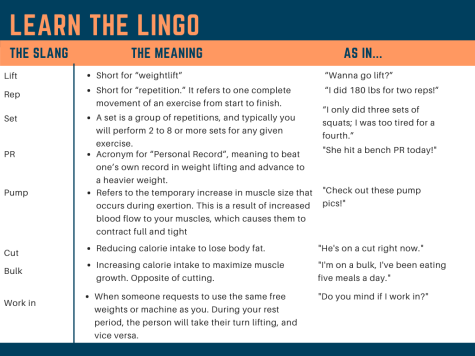
Sponsorships take away from the authenticity of posted content, and followers are convinced to buy expensive athletic clothing and gear with the false belief that it will improve performance. Followers waste money and resources as they fail to realize that they are not solely being influenced to, but marketed to as well. Consumers will continue to buy AYBL gym shorts, C4 pre workout, Bloom Greens and high-top flat sneakers in desperate attempts to see progress similar to that of their favorite influencers. This spurs the rapid accumulation of material and nutritional products, which is a harmful and endless cycle of wasteful consumption. It also lends to the toxic mentality of a “I absolutely HAVE to go workout!” mindset, as those indebted by their gym purchases will feel guilt–ridden and wasteful.
Followers are also duped into believing they, too, can see radical progress simply by following an influencer’s elaborate routine. They fail to understand that influencers are not “typical gym-goers” but spend the majority of their days working out to build brand awareness and credibility.
Online fitness models frequently post “What I Eat in a Day Videos,” which feature dangerous eating habits and intense calorie deficits. They target young, impressionable audiences by posting workout videos in the gym while clad in expensive athletic gear. The videos are complete with highly edited shots of their body and various “progress pics,” or warped photos taken at flattering angles.
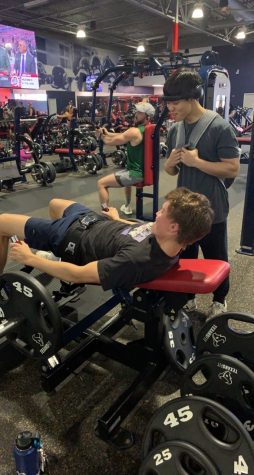
In said “progress pics,” both male and female influencers are pictured in high definition, with dramatic low exposure lighting that accentuates their physique, while muscle pumps increase vascularity and exaggerate the models’ muscle development.
There’s not always a rhyme or reason to it; some people just like the exercise. But for the most part, the rising number of teen weightlifters can be attributed to the online trends and influencers that promote a fitness-focused lifestyle.
The desire to be physically fit is not a new one, but the aesthetics of strong muscles and lean mass for women today are unlike the cardio-crazed and “heroin chic” beauty standards of the 80s and 90s. Based on a poll conducted on the TPP Instagram, 40 percent of Bellaire students go to the gym regularly, in addition to any other school work, athletics and extracurricular activities that comprise the average student’s schedule. Deceived by the belief that influencers will help them lead a healthier life, people begin to journey down the slippery slope: they discover newfound insecurities, reassess priorities and then, oftentimes, allot a disproportionate amount of time to workout.
Despite the inherent flaws of “gym culture,” lifting has provided many teens with a safe and healthy outlet for struggles with mental health and confidence.
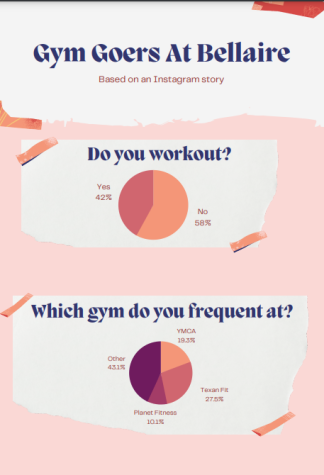
Local gyms like Texans Fit and the YMCA provide students with a right headspace to not only improve their physical fitness but also to socialize with peers.
“I have really bad anxiety, and it helps so much,” Fookes said.“Whenever I get upset now, I like to go straight there, and it really helps me. It’s also a place where I make a lot of friends.”
However, not all teens begin lifting with a long-term goal in mind. Senior and soccer player Sofia Abdalla began lifting weights after suffering a head injury that prevented her from playing contact sports.
“I was advised to restrain from physical exercise,” Abdalla said. “I felt weak; going to practice four times a week and playing on weekends to just completely stopping any form of exercise took a toll on me physically and mentally.”
Abdalla began going to the gym her sophomore year and noticed changes in the way she viewed herself and the expectations that surrounded her on social media. Like most teens, her social media was bombarded with unrealistic body goals. The aesthetic physique pushed by several social media apps not only exacerbate pre-existing insecurities, but they also present an impossible standard that discourages people from working out.
“I tried going to the gym mainly to feel strong and get back to part of the fitness I attained when I was a soccer player,” Abdalla said. “However, my Instagram and TikTok were full of influencers who have been training for aesthetic and image, and it made me feel more self conscious.”
While weight and strength training can be incredibly beneficial for vascular and overall health, frequent gym goers, especially teens, must be wary of social media’s effects on their expectations and long term goals.
“It does take a toll on your progress and overall mindset when you realize how impossible those standards are and the years it takes to see big changes,” Abdalla said. “But while focusing on trying to push yourself in the gym is important, focus on trying to get stronger rather than trying to look a certain way. It’s a healthier mindset than to just work for aesthetics.”
Your donation will support the student journalists of Bellaire High School. Your contribution will allow us to purchase equipment and cover our annual website hosting costs.



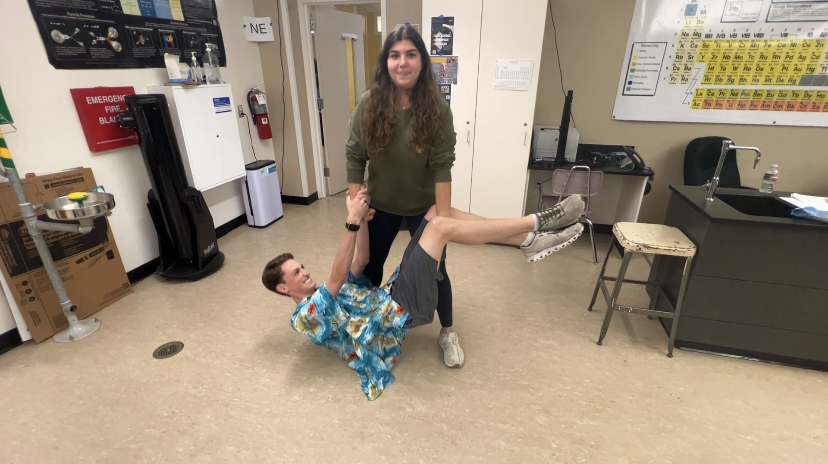







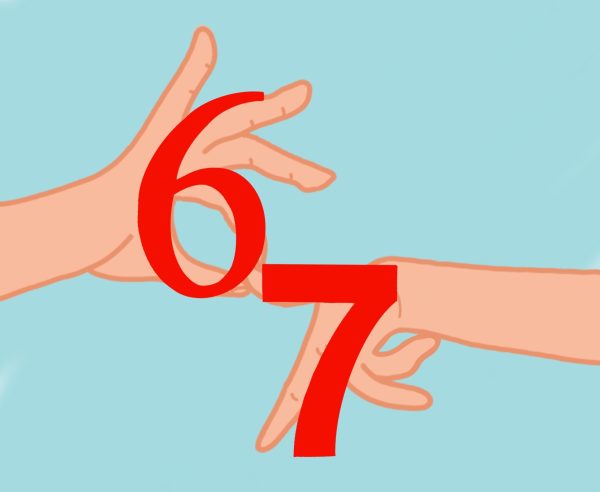


Ella • Dec 15, 2022 at 11:39 am
I love this story! It discusses the drawbacks of gym culture in a very interesting and educational way.